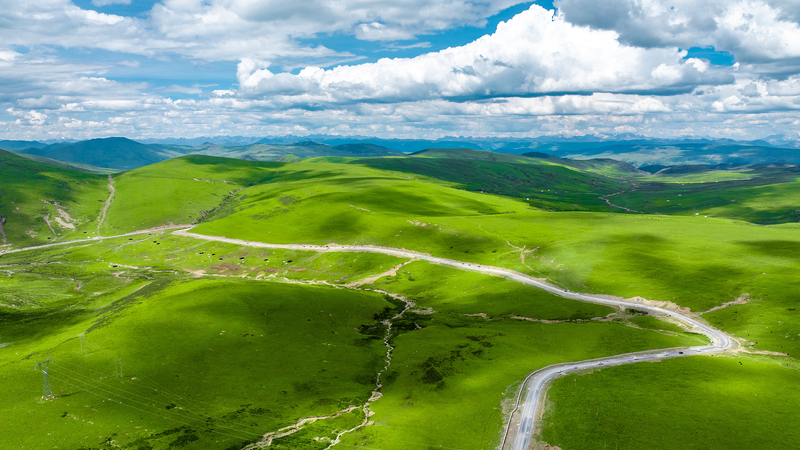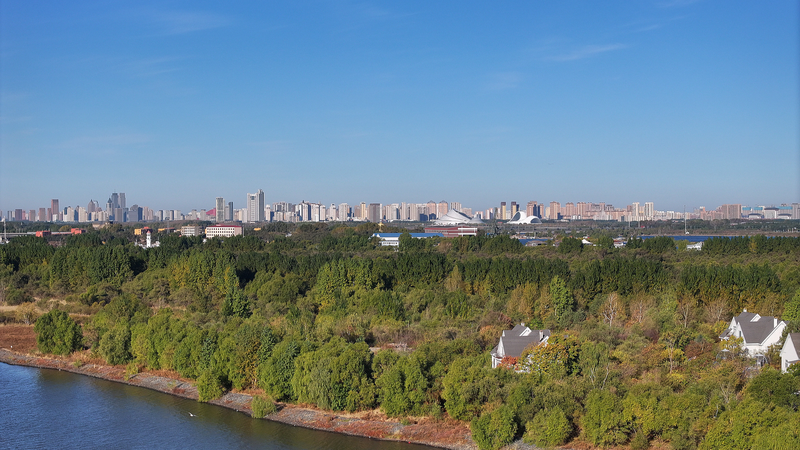The recent analysis of lunar samples retrieved by China's Chang'e-6 mission provides groundbreaking evidence supporting the theory that the moon was once enveloped by a molten \"magma ocean\" shortly after its formation. This discovery is crucial for unraveling the moon's origin and its subsequent evolutionary path.
Published in the latest issue of the journal Science, the study was spearheaded by a joint research team organized by the China National Space Administration (CNSA). The Chang'e-6 mission, launched in 2024, marked a historic milestone by becoming humanity's first mission to collect samples from the far side of the moon. The mission successfully gathered 1,935.3 grams of lunar material from the Apollo Basin within the South Pole-Aitken (SPA) Basin.
Researchers from the Institute of Geology, Chinese Academy of Geological Sciences, were entrusted with studying two grams of these samples. Their findings revealed that the basalt compositions from both the far and near sides of the moon are remarkably similar. The basalts, primarily dating back 2.82 billion years, reinforce the lunar magma ocean model. Additionally, the study suggests that the asteroid impact which formed the SPA Basin significantly altered the moon's early mantle, as noted by senior researcher Liu Dunyi.
The lunar magma ocean hypothesis, long supported by samples from the moon's near side, posits that the newborn moon experienced a global melting event. As the magma ocean cooled, less dense minerals rose to form the lunar crust while denser minerals sank to create the mantle. The residual melt, rich in incompatible elements, gave rise to the KREEP layer, named after its key components: potassium (K), rare earth elements (REE), and phosphorus (P).
For decades, the absence of far-side lunar samples meant the model was incomplete. \"Without samples from the far side, it was like solving a puzzle with half the pieces missing,\" Liu explained. The Chang'e-6 mission's contributions have now provided the missing pieces.
\"Our analysis showed that the KREEP layer exists on the moon's far side as well. The similarity in basalt composition between the far and near sides indicates that a global magma ocean may have spanned the entire moon,\" stated Che Xiaochao, associate researcher at the institute.
The SPA Basin, spanning 2,500 kilometers in diameter, is the oldest and largest impact basin in the inner solar system, formed by a massive asteroid collision 4.3 billion years ago. The study also discovered differences in lead isotope evolution between far and near side basalts, suggesting varied evolutionary processes post-magma ocean crystallization. Senior researcher Long Tao added, \"Giant impact events, especially the one that created the SPA Basin, likely changed the physical and chemical properties of the moon's mantle.\"
The research team aims to further explore the moon's early impact history. \"The Chang'e-6 sampling site is in the largest and oldest impact basin in the inner solar system, so it may contain records useful for the study of early solar system impacts,\" Che said. Long added, \"Studying the moon's impact history helps us understand Earth's own past, which has been obscured by tectonic activities.\"
The CNSA reaffirmed its dedication to advancing lunar research and sharing scientific discoveries with the global community.
Reference(s):
Chang'e-6 samples provide evidence of "magma ocean" on early moon
cgtn.com




